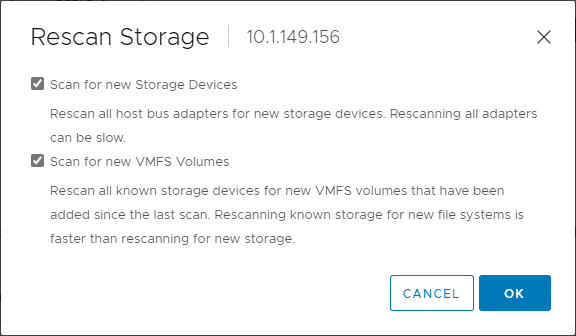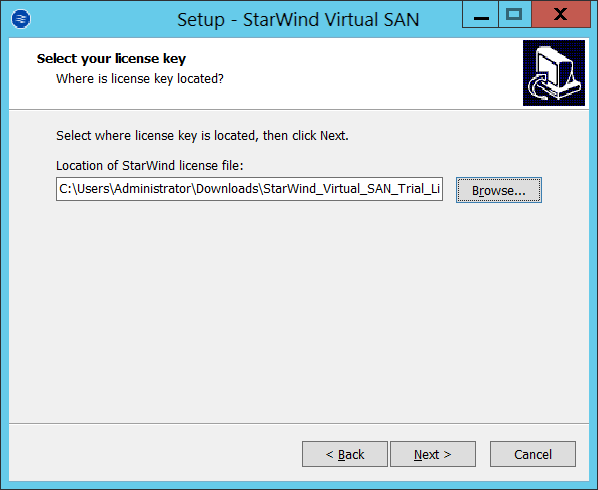

STARWIND FREE ISCSI TARGET INSTALL
Follow the wizard’s instructions to install it.Ģ. Select Multipath I/O from the features list. Launch Server Manager, select the Features item and click Add Features. Check whether device parameters are correct. Select Allow multiple concurrent iSCSI connections (clustering) checkbox.Ģ0. Specify cache parameters of an image file device.ġ8. Select a virtual disk that will be made accessible via iSCSI.ġ6. Specify required virtual disk parameters.ġ4. Select the Create new virtual disk option.ġ2. Select Virtual Hard Disk -> Image File device.ġ0.


Please, follow the wizard’s steps to complete creation of a new image file device.Ĩ. Select Add Device from the Devices shortcut menu (right-click to open it).ħ.Select Add Device from the Target menu.Open Add Device Wizard by one of the following ways: After connecting to StarWind Service, you can create devices and targets on the server. These are the default login and password, but you can always change them later.Ħ. Note: If you are prompted to enter login and password, specify “root” and “starwind”, relatively. Select the server you want to provide with the iSCSI target device from the Console tree. To open StarWind Management Console, double-click the icon or right-click it and then select Start Management Console from the shortcut menu.ĥ. Note: The StarWind Console icon appears in the system tray when the Console is running.
STARWIND FREE ISCSI TARGET SOFTWARE
Launch StarWind Management Console: Start -> All Programs -> StarWind Software -> StarWind. Find the string “–>” and uncomment it (should look as follows: ).Ĥ. Note: The default path is C:\Program Files\StarWind Software\StarWind\StarWind.cfgĢ. The diagram below illustrates the network architecture used in this document.


 0 kommentar(er)
0 kommentar(er)
